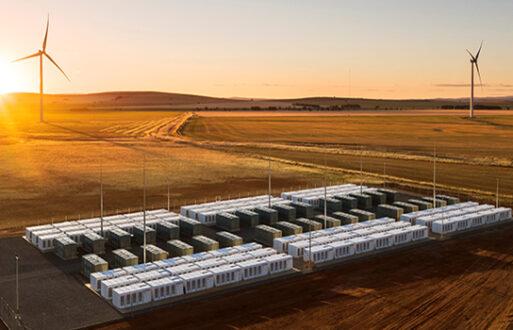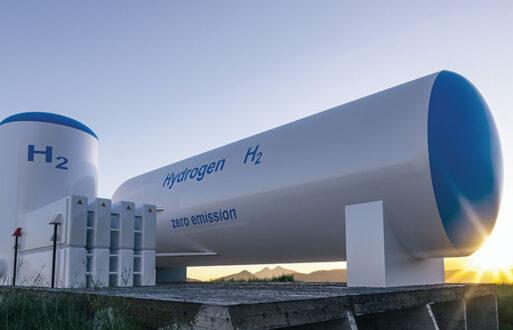The California Independent System Operator (CAISO) will launch the Extended Day-Ahead Market (EDAM) in May of 2026. This is a significant enhancement to its existing day-ahead energy market that aims to optimize electricity trading and grid coordination across the Western U.S.
The new market is designed to extend CAISO’s well-established day-ahead trading mechanisms beyond California’s borders, allowing multiple western states to participate in a more integrated and efficient energy marketplace. The move is seen as a critical step in improving grid reliability, enhancing renewable energy integration, and reducing overall electricity costs across the Western Interconnection.
EDAM is not just a minor extension; it represents a transformative approach to electricity markets in the West. By including more participants and leveraging regional diversity, the new market seeks to optimize how electricity flows across multiple states, making it a key player in the evolving energy landscape.
PacifiCorp and SMUD: leading the way in EDAM participation
Two major energy providers, PacifiCorp and the Sacramento Municipal Utility District (SMUD), will be the first new participants to join EDAM. PacifiCorp operates in six western states, including Oregon, Utah, and Wyoming, while SMUD is one of the largest publicly owned utilities in California. Their upcoming involvement marks the beginning of broader regional participation in the market, signaling interest from utilities across the western grid in adopting more collaborative and cost-effective energy solutions.
Their integration into EDAM is expected to demonstrate the scalability of the platform and sets the stage for other utilities to follow. As more utilities come on board, the participation of large, diverse utilities like Pacificorp and SMUD will serve as a benchmark for others to evaluate the benefits of regional cooperation and cost-sharing within the EDAM framework.
Read more here: “A Look Ahead: The Future of the West Markets.”
Expanding market boundaries: regional integration and efficiency
EDAM expands on CAISO’s existing day-ahead market, which traditionally involved scheduling electricity one day in advance to meet projected demand within California. The new framework opens the market to a broader geographic area, creating a regional trading platform that pools resources from multiple states. This expansion allows for better coordination and resource-sharing across the Western Interconnection, improving efficiency and lowering costs by optimizing generation, load, and transmission capabilities across a larger footprint.
One of the key advantages of this expansion is the increased flexibility it provides to grid operators and market participants. By broadening the pool of resources, EDAM allows participants to optimize energy production and consumption across a much wider area, reducing redundancies and inefficiencies that could lead to higher costs or reliability issues.
Enhancing renewable energy integration and grid reliability
One of the primary objectives of EDAM is to enhance renewable energy integration across the western states. By leveraging the diverse mix of renewable resources in the region, such as solar power from California and wind energy from states like Wyoming and Idaho, the market enables better balancing of supply and demand. This regional coordination reduces the need to curtail renewable generation during periods of oversupply and facilitates the distribution of clean energy across participating areas. In turn, this helps to lower greenhouse gas emissions and supports state and regional climate goals.
In addition to renewable integration, EDAM is designed to strengthen grid reliability. The extended market offers access to a larger pool of resources, enabling utilities to draw on surplus power from neighboring states during times of high demand or unexpected disruptions. By expanding the geographic scope, EDAM mitigates localized reliability challenges, helping grid operators more effectively manage sudden shifts in load or generation, such as those caused by extreme weather events or equipment failures.
Financial benefits of market dynamics
Another key advantage of EDAM is the financial benefit it provides to market participants. The expanded trading opportunities create a more competitive environment, leading to lower wholesale electricity prices and cost savings for utilities and consumers. By optimizing the scheduling and dispatch of resources across a wider area, participants can reduce their reliance on more expensive generation options. Additionally, the market structure encourages investments in more efficient and flexible resources, further driving down costs over time.
The financial implications of EDAM go beyond just lower prices; they also drive innovation. With increased competition and efficiency, participants are incentivized to invest in newer, more adaptable technologies that can operate more effectively within the EDAM framework. This, in turn, leads to a more dynamic and forward-looking energy market across the Western U.S.
Ensuring fair participation and governance in EDAM
The EDAM framework also features a robust set of market rules and governance structures to ensure fair participation and equitable cost allocation among members. CAISO has implemented measures to manage transmission constraints, allocate costs appropriately, and maintain market transparency. These safeguards are critical for fostering trust and encouraging further regional collaboration, especially as more utilities consider joining the market.
Fair participation and governance are crucial to the long-term success of EDAM. By ensuring that all participants have an equal opportunity to benefit from the market while contributing fairly to its costs, CAISO hopes to create a stable and growing market that can adapt to new challenges and opportunities as they arise.
The future of EDAM and regional grid transformation
PacifiCorp and SMUD’s participation is expected to have significant implications for the development of EDAM. As large and diverse utilities, their integration into the market will serve as a proof of concept (building upon the non-financially binding Nodal Pricing Market), demonstrating the benefits of expanded regional cooperation. Their involvement also highlights the potential for other utilities across the Western U.S. to join, which could lead to even greater efficiencies and more widespread adoption of renewable energy resources.
In the longer term, EDAM is poised to play a central role in transforming the western grid into a more resilient and sustainable energy system. By enabling a more coordinated approach to electricity trading, the market aligns with the broader trends of regionalization and decarbonization in the power sector. As more participants join and the market evolves, EDAM could become a critical component in achieving the West’s clean energy and reliability goals.
In summary, CAISO’s Extended Day-Ahead Market represents a significant leap forward in regional grid coordination. With PacifiCorp and SMUD as the first new participants, the market is set to deliver enhanced reliability, renewable energy integration, and cost savings across the Western U.S. As the market grows and attracts more participants, it has the potential to reshape how energy is traded and managed across the region, ultimately leading to a cleaner, more efficient, and more resilient grid.
Learn more about EDAM
To explore EDAM’s impact further, request access to any or all of our webinars in our three-part webinar series:







